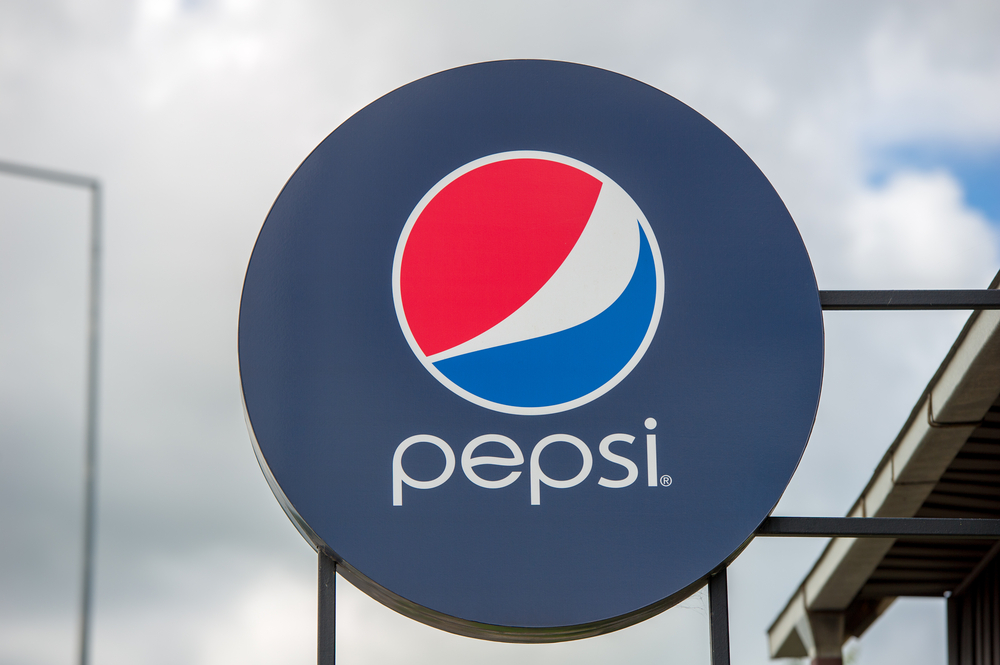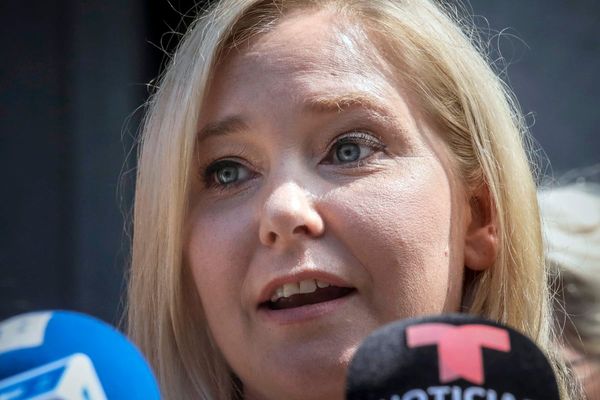
PepsiCo Inc. (PEP) announced a 5% dividend increase with its Q4 earnings release (Feb. 4, 2025), starting with the June dividend per share (DPS) quarterly payment.
As a result, PEP stock now has a prospective dividend yield of over 3.93%. That is 42% higher than its average yield of 2.77% over the last five years. This makes it attractive to value investors.
PEP stock closed Thursday, Feb. 13, at $144.58. This article will show how PEP could be worth much more, based on its average yield, as well as a way to play this.

The New Dividend Declaration
The new actual DPS amount has not been declared, since the 5% increase was only mentioned at the bottom of the first page of the Q4 earnings release. This might provide an opportunity for value investors:
“We also announced a 5 percent increase in our annualized dividend per share beginning with the June 2025 payment, representing our 53rd consecutive annual increase.”
I discussed this dividend hike possibility in my recent Jan. 26 Barchart article, “Will PepsiCo Hike Its Dividend Soon? - Looks Likely - Value Investors Love the Stock.”
Some investors/shareholders may be confused, since PepsiCo still has to pay out its last of 4 quarterly dividends at the old quarterly rate ($1.355 per share, ex-dividend on March 7).
(Investors can take advantage of this confusion by selling short out-of-the-money (OTM) put options, which have high short-put yields. But more on that below.)
PepsiCo's Forward Yield
PepsiCo's existing quarterly dividend per share (DPS) rate is $1.355, with 3 decimals (one payment to go, as mentioned). That works out to an annual rate of $5.42, so, at today's price its annual yield is about 3.75%:
$5.42 existing DPS / $144.58 price = 0.037487 = 3.75%
However, now we know that the forward rate is 5% higher. So, rounding to 4 decimal places (as the company has done in the past):
$1.355 quarterly DPS x 1.040985 = $1.4225 new DPS rate
That implies an annual rate of $5.69, which is 4.98% higher than $5.42. (Note, the company has not announced the exact new quarterly DPS rate - this is my guess).
As a result, the new yield is over 3.93%:
$5.69 new DPS / $144.58 price = 0.039355 = 3.936% annual yield
However, as I pointed out in my last article, this is well over the company's average annual dividend yield. For example, Yahoo! Finance shows that its average yield 5-year yield has been 2.79%. And Morningstar shows that its average yield for the past 5 years has been 2.77%.
That means its present forward yield is 42% too high compared to its average. But, looking at the Morningstar data, during the last two years - 2.91% in 2023, and 3.51% in 2024 - the average is 3.21%.
That still shows that PEP's forward yield is still 12% higher than its 2-year average. That implies that PEP stock is worth much more, assuming it eventually returns to its mean yield.
Price Targets for PEP
One simple way to set a price target is to dividend the new DPS rate by its average yield:
$5.69 new DPS / 0.0277 (5-yr avg yield) = $205.42 per share
$5.69 new DPS / 0.0321 (2-yr avg yield) = $177.26 p/sh
In other words, it seems reasonable to project that the stock price will have an average price of about $191.34, or +32% higher than today's price.
Analysts tend to agree. For example, Yahoo! Finance reports that the average price target for PEP stock from 23 analysts is $163.78, and Barchart's mean survey is $163.42, with a high of $185.00 per share.
Moreover, AnaChart.com, which tracks recent analysts' recommendations, shows an average price target of $165.84 from 18 analysts.
Note that at this price, PEP stock has will still have 14.7% upside (i.e., $165.84 / $144.58), and also a yield of just 3.43%:
$5.69 / $165.84 = 0.0341 = 3.43%
But that is still over 6.85% higher than its 2-year average yield of 3.21%. And, remember an average implies that the stock trades higher than this number 50% of the time.
So, any way you look at PEP stock, it seems undervalued:
Forward Yield Target Price = +32% upside
Avg Analyst Target = +14.7% upside
Therefore, averaging these, we can reasonably expect to see PEP stock rise 23.35% sometime over the next year or so: i.e., a price target of $178.34.
One way to play this while waiting for the stock to rise is to sell short out-of-the-money (OTM) put options in nearby expiry periods.
Shorting OTM Puts
For example, look at the March 14 expiration period, one month from now. It shows that the $140.00 strike price, 3% or so below Thursday's closing price, trades for $1.38 in the midprice.
That provides a short-seller of these puts an immediate yield of almost 1.0% over the next month:
$1.38 premium / $140.00 strike price = 0.986% (or almost 1.0%)

Here is what that means. The investor first secures $14,000 in cash or buying power with their brokerage firm. That will act as collateral to secure the purchase of 100 shares (i.e., 1 put contract) if PEP stock falls to $140.00 any time in the next 29 days.
Then the investor can enter an order to “Sell to Open” one put contract at $140.00 for expiry on March 14.
But, in return, the account immediately receives $138 (i.e., $1.38 premium sold short x 100 shares per contract). That means that the yield to the investor is about 1.0% immediately.
Moreover, even if PEP falls to $140 and the account is assigned to buy 100 shares at $140, the investor's breakeven level is $140-$1.38, or $138.62 per share.
That is an attractive entry price for a new investor into PEP stock. For example, it means they will earn a dividend yield of over 4.10%:
$5.69 new DPS / $138.62 = 0.04105 = 4.105% annual yield
In addition, if PEP stock eventually rises to $178.34 (our target price), the upside expected return (ER) is almost 29%:
$178.34 / $138.62 entry price = 1.2865 = +28.65%
Moreover, the investor can repeat this option trade each month. For example, the expected return over 4 months is almost 4% (i.e., 0.986% x 4 = 3.944%), or about the same yield as holding PEP shares over a year.
The bottom line is with PepsiCo's dividend hike, an investor can earn a good yield and expected return. One way to play this is to sell short out-of-the-money put options in nearby expiry periods.







